A new study has identified 29 blood vessel features in the retina that are linked to increased stroke risk. An eye exam could be a simple way to detect stroke risk.
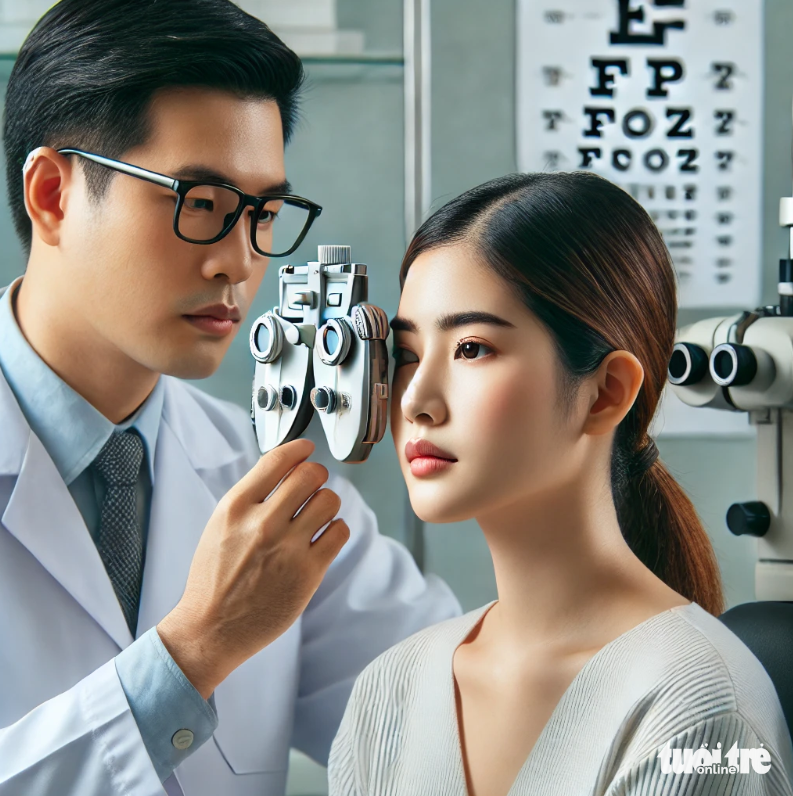
Eye test helps detect stroke risk early - Photo drawn by AI
The international team analyzed retinal fundus scans of 45,161 volunteers, 749 of whom had suffered a stroke during the database period (average 12.5 years).
The team used an artificial intelligence (AI) technique to detect characteristic eye blood vessel patterns in stroke volunteers, including the shape and density of the blood vessels.
The team discovered a total of 29 retinal vascular characteristics associated with stroke risk, according to ScienceAlert on January 15.
Specifically, the retinal parameters detected by AI were associated with an increased risk of stroke from 9.8 to 19.5%.
“This finding is consistent with previous studies that found an association with stroke risk factors, including age, blood pressure, and atherosclerosis,” the team said.
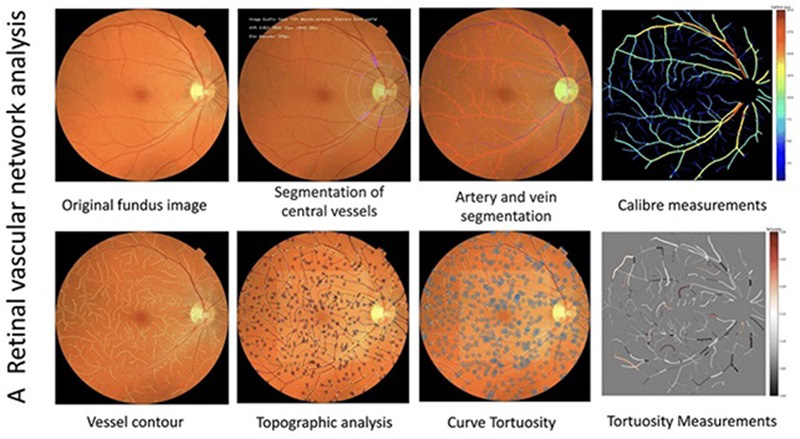
Taking photos of the fundus and using AI to detect different characteristics of blood vessels - Photo: Heart
The team's work could help detect problems earlier and save lives, as about 90 percent of strokes are linked to modifiable risk factors, including blood pressure and poor diet.
This work builds on previous research into how the eye and brain are connected and how blood vessels in the eye can reflect characteristics of blood vessels in the brain. A stroke is caused by an interruption or blockage of blood flow to the brain, leading to a lack of oxygen and nutrients.
Additionally, some underlying problems that can cause stroke can also affect the blood vessels in the eye.
Predicting stroke risk is complicated by the many factors that come into play, from diet to sleep patterns. Not all of these factors show up in an eye exam, but they can help identify stroke risk early and give us time to improve our health.
The study was published in the journal Heart .
Source: https://tuoitre.vn/kiem-tra-mat-giup-phat-hien-nguy-co-dot-quy-20250115111722094.htm




![[Photo] Award Ceremony of the Political Contest on Protecting the Party's Ideological Foundation](https://vphoto.vietnam.vn/thumb/1200x675/vietnam/resource/IMAGE/2025/10/22/1761151665557_giaia-jpg.webp)
![[Photo] Prime Minister Pham Minh Chinh chairs meeting on nuclear power plant construction](https://vphoto.vietnam.vn/thumb/1200x675/vietnam/resource/IMAGE/2025/10/22/1761137852450_dsc-9299-jpg.webp)

![[Photo] Da Nang: Shock forces protect people's lives and property from natural disasters](https://vphoto.vietnam.vn/thumb/1200x675/vietnam/resource/IMAGE/2025/10/22/1761145662726_ndo_tr_z7144555003331-7912dd3d47479764c3df11043a705f22-3095-jpg.webp)






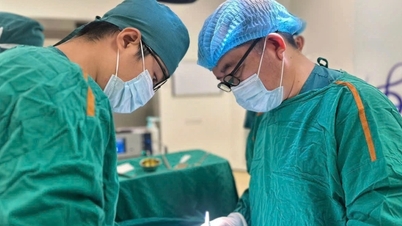



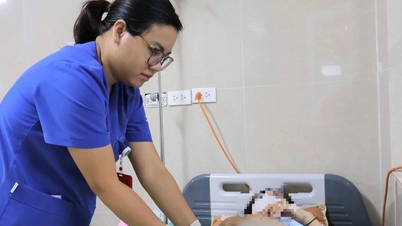
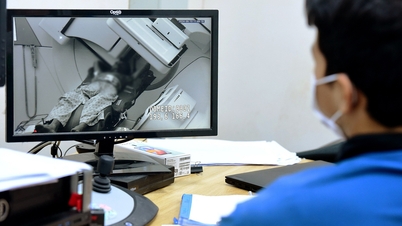
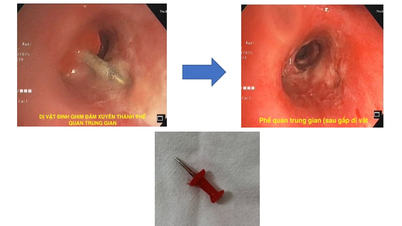






















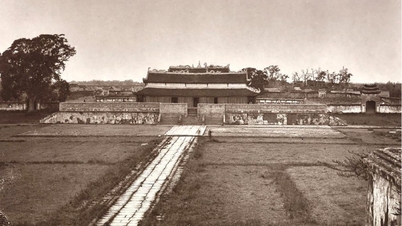































































Comment (0)